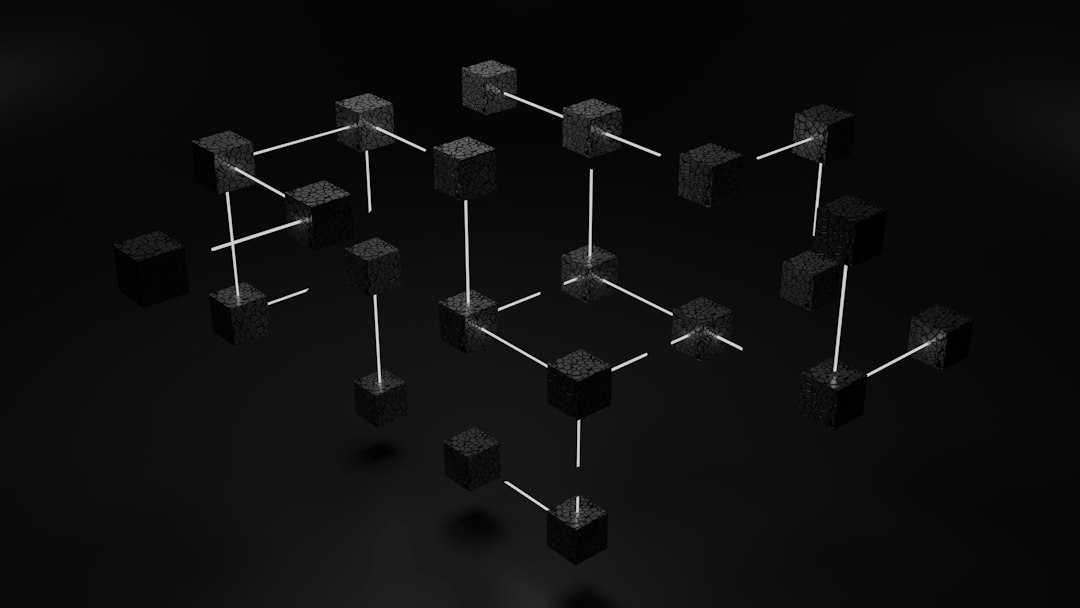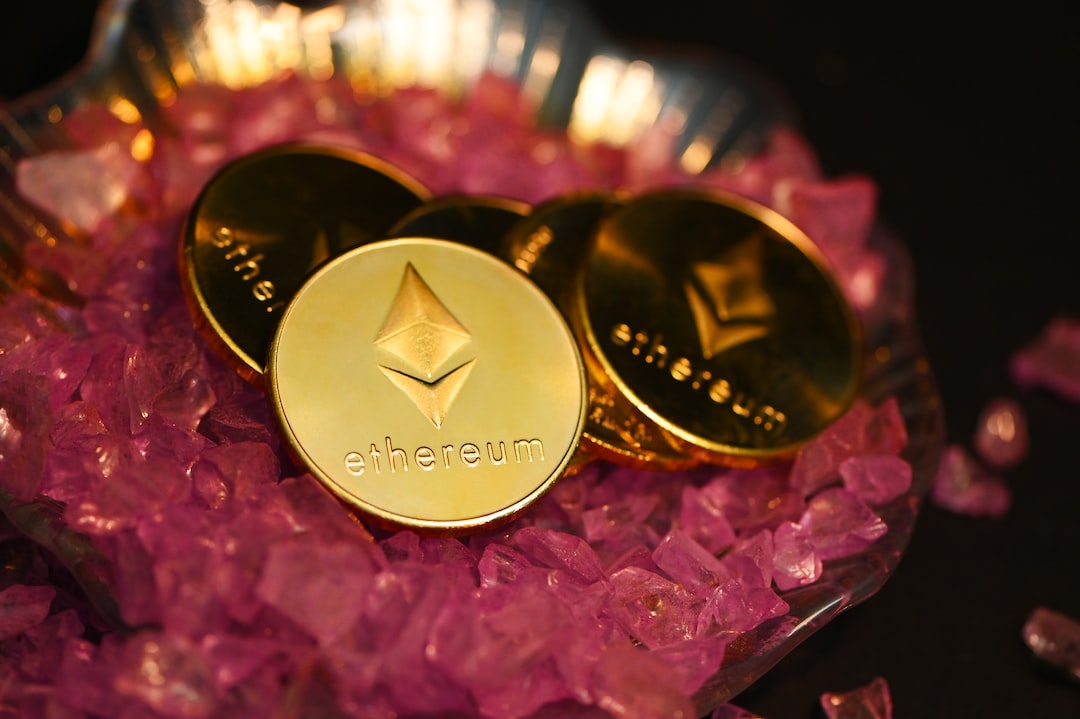Bitcoin’s Block Space: Financial Transactions Remain Dominant
A recent study by Glassnode has found that despite the surge in inscriptions on Bitcoin’s blockchain, financial transactions continue to take priority. The researchers highlighted that there is little evidence to suggest that inscriptions are displacing monetary transfers. Inscriptions are currently responsible for around 20% or less of transaction fees paid to miners.
The Rise of Inscriptions and Their Impact
Bitcoin’s blockchain allows users to add content using the Segwit data structure and Taproot. Initially, there was a wave of image NFTs, but as the BRC-20 token standard emerged, text files became more prevalent.
The increase in inscriptions has led to daily transaction counts exceeding 550,000 multiple times this year. The average block now contains up to 3,500 transactions compared to 2,500 in previous years.
Growth in Inscriptions and Miner Revenue
Since May, inscriptions have comprised 40% to 60% of confirmed transactions. This has resulted in a significant growth in the UTXO set, with over 46 million entries added in 2023 alone. However, miner income per hash rate remains low due to intense competition and the upcoming halving event.
Overall network fees have doubled to approximately 38 BTC per day, representing only 4% of miner rewards. Additionally, Bitcoin’s mining difficulty has increased by 50% as miners adopt more advanced equipment.
The Future Challenges for Miners
Glassnode predicts that most miners will face significant income challenges unless BTC prices experience a substantial increase before the next halving event, which is predicted to occur in 206 days. Despite the rise in inscriptions, they have not contributed to miners’ earnings.
Hot Take: Inscriptions and Monetary Transfers on Bitcoin’s Blockchain
The study by Glassnode has revealed that while inscriptions have seen a surge on Bitcoin’s blockchain, financial transactions still take precedence. Inscriptions account for a small percentage of transaction fees paid to miners, and their presence has not boosted miners’ earnings significantly. As the blockchain continues to evolve, it will be interesting to see how inscriptions and monetary transfers coexist and impact the overall ecosystem.





 By
By
 By
By
 By
By
 By
By
 By
By